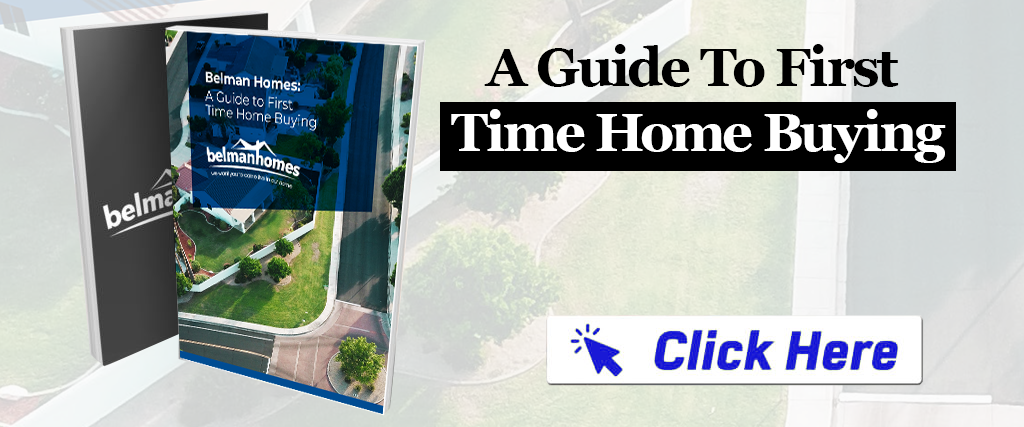So, you’re building a new home and want to go green. Well, as green as reasonably possible. Here are seven considerations for choosing the right eco-friendly solutions for your home and for your lifestyle.
1. Start At The Top
A cool roof is a staple of any green-inspired home because it reduces energy consumption year-round. Heat-reflective roofing keeps the home cool during spring and summer months by returning the sun’s light instead of absorbing its heat. During autumn and winter, high thermal mass materials like clay, tile, or slate can serve as insulators to keep warm air inside.
While we’re talking about the top, don’t forget the attic. Proper attic and crawlspace ventilation during warmer months prevents hot air from getting trapped inside the home. Even something as minimal as a small window can create enough evacuation space for the rising hot air to escape. This will make your air conditioning method more effective and, thus, more energy-efficient.
2. Set The Right Foundation
As critical as choosing the right roof may be, setting the best foundation for your green home is equally important. Since use of concrete foundations is fairly universal, the core consideration for your green home is foundation insulation. Uninsulated portions create access and escape points for heat, which can reduce a home’s energy efficiency and decrease the comfort level of its occupants.
3. Go Solar
Even if you don’t live in a state like California where new builds are required to have solar capabilities, solar is universally essential to building green. In addition to the tax benefits, the energy created and saved using solar panels more than covers the cost of the panels within just a few years, if not less. You also get the satisfaction of knowing you are contributing in an eco-friendly way to the power grid that serves your friends and neighbors, and you have the comfort of knowing you have source of energy in the event of a power grid outage.
4. Recycle, Reduce, and Reuse
A green home is one that minimizes the amount of waste it turns back out into the environment. From built-in bins for easily sortable disposal of recyclable trash to mess-free composting, you will benefit in your green home aspirations by planning ahead and creating a functional space that is both good for the environment and works with your lifestyle.
It is also important to keep in mind that materials generated inside the house are not the only ones that go back into the environment. Being eco-conscious is not only about minimizing waste today but also about looking to the future in one’s impact on it. All homes are built to last, but a truly green home is built to last a whole lot longer. The use of sustainable and more durable building materials reduces the need for repair or replacement and, thus, minimizes the amount of waste generated by the home itself.
5. Build A Home So Smart It Can Keep Itself Green
There is no shortage of smart tools and toys on the market, and there is no exception when it comes to home appliances. With more and more options coming on the market every year, you are likely to find smart devices that both suit your personal taste and meet your green initiative standards. For example, home lighting systems are easy to install both during and after a build, and they serve multiple lighting purposes, including turning lights off when they aren’t needed and turning lights on when you are home or want to give the appearance of being home. Smart faucets enable you to dispense exactly the amount of water you need without unnecessary waste, and smart stoves can help to prevent kitchen fires.
6. Get The Bad Stuff Out
As earth-friendly as we try to be, it is impossible not to create hazards in our own homes using things like fire places, everyday cleaners, and other home products. The better a home’s insulation is, the more important it becomes to ensure that every usable space has proper ventilation so we breath in as little radon, formaldehyde, and volatile organic compounds as possible. Homes in more temperate climates can benefit from natural ventilation, such as through windows, doors, and micro-openings. Confined areas, such as kitchens and bathrooms, require spot ventilation, such as exhaust fans, which require energy but can tie into the home’s energy efficiency system.
7. Find Ways To Meld Your Indoor Living Experience With The Wonders Of The Outside World
It is no secret that fresh air is good for the mind, body, and soul. Proper ventilation is key to supplementing the relatively artificial indoor living experience with critical, life-affirming outside air. When considering ventilation techniques, it is important to remember that there are two sides to ventilation—getting good air inside in addition to getting bad air outside—and the two needs might not be best addressed by the same method. For example, homes in swampier climates will require more active ventilation in both directions in order to pump the toxins out and condition the warm, wet air coming in.









